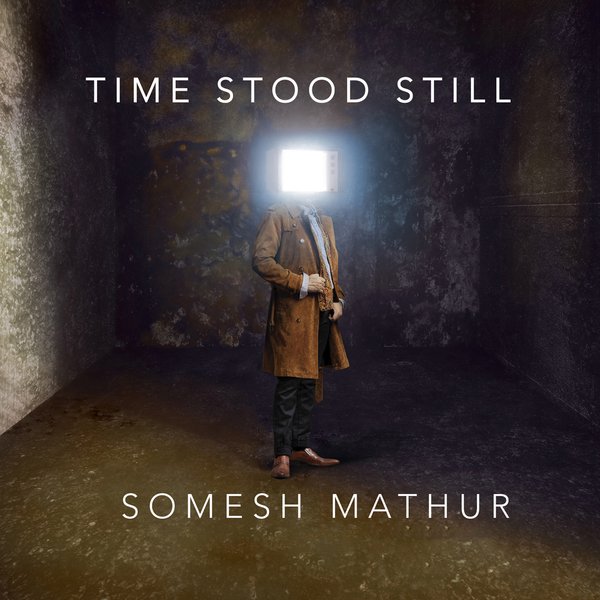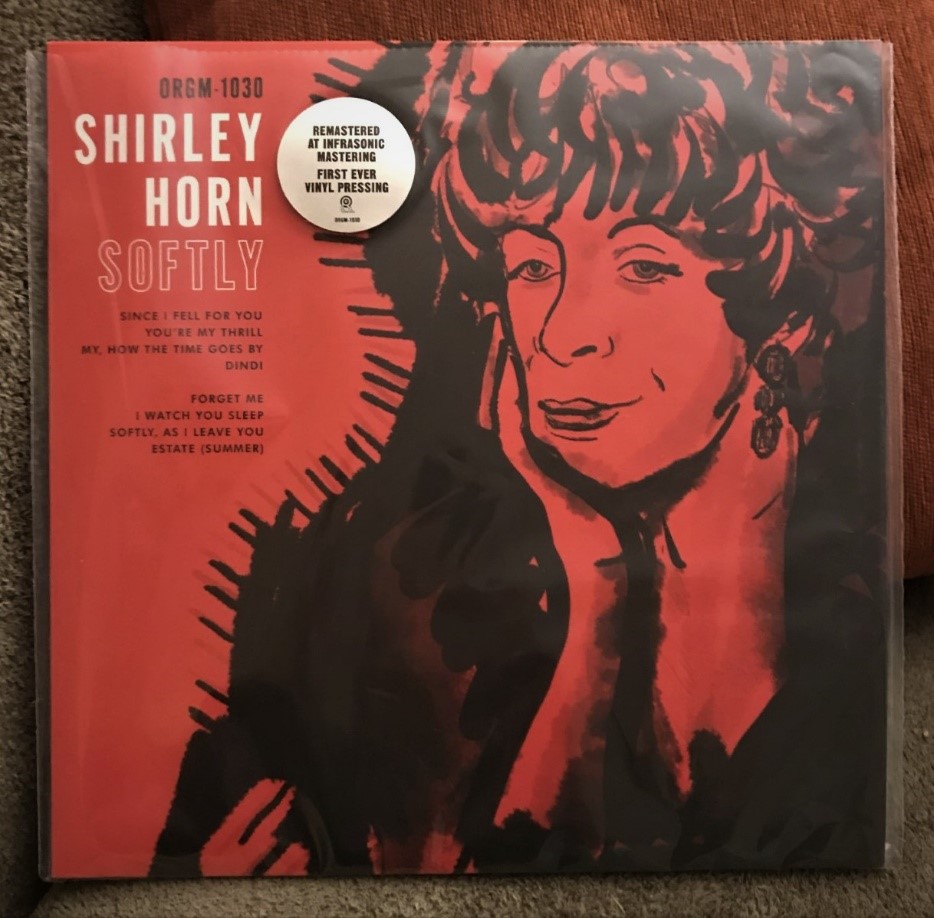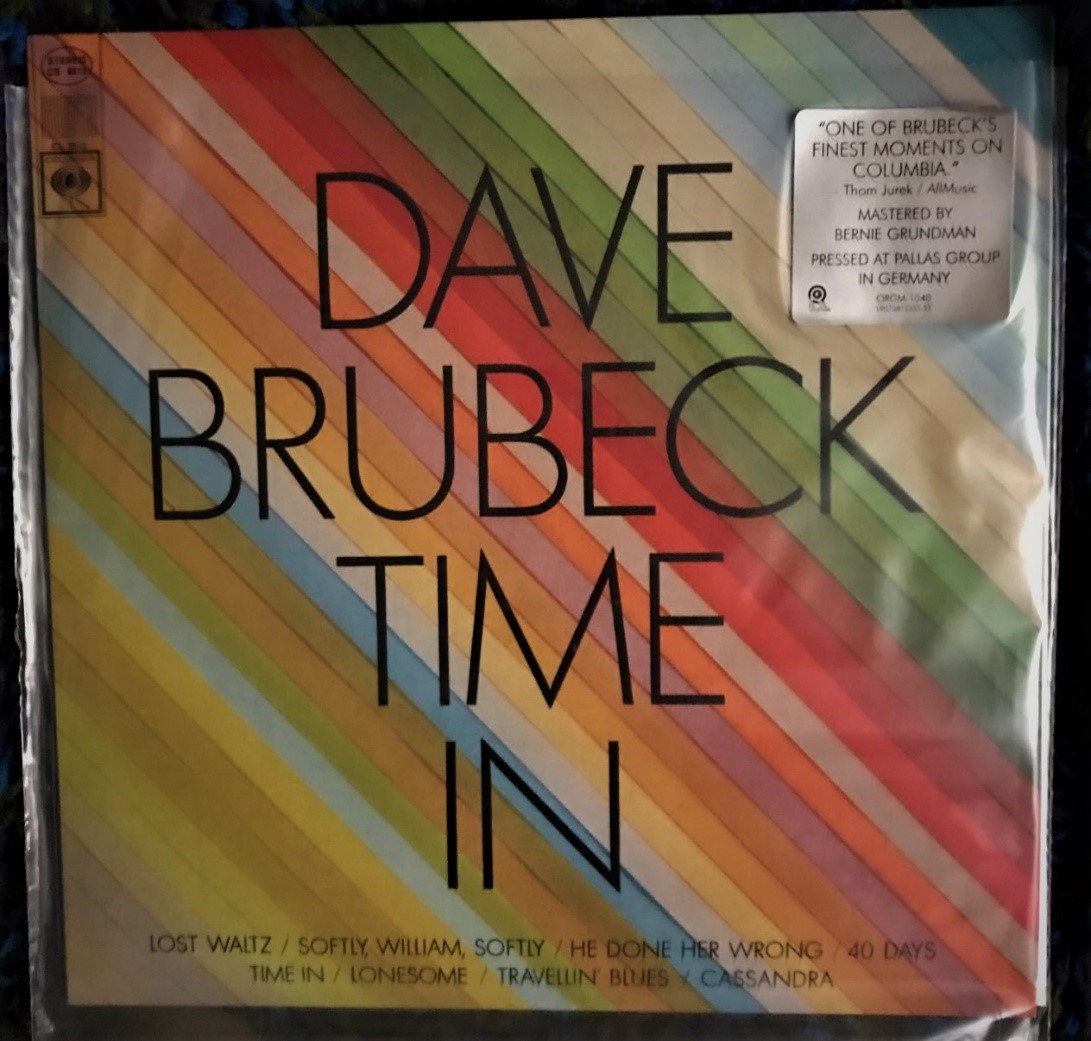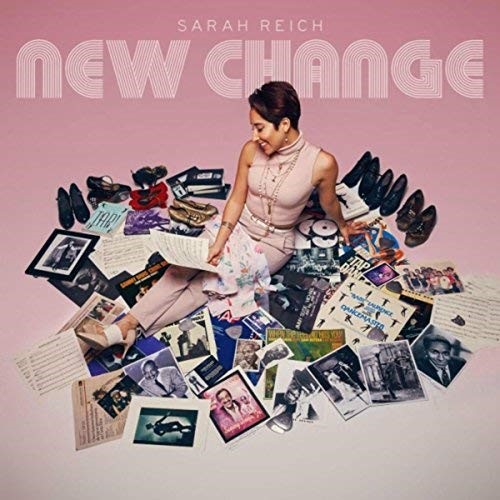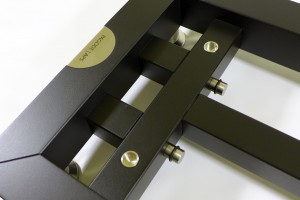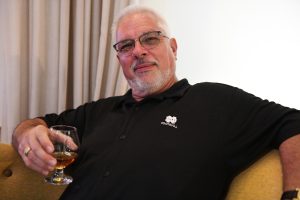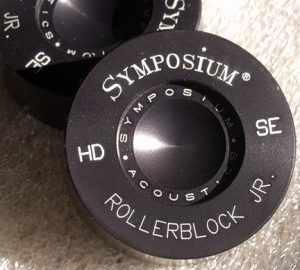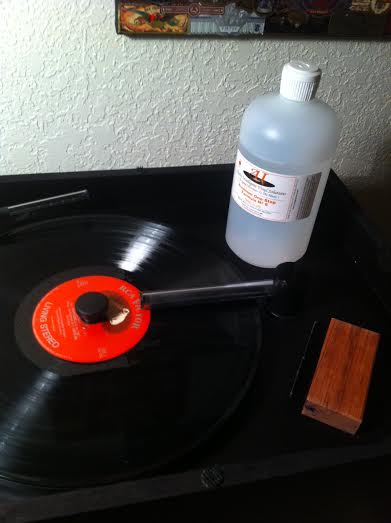
"No man ever steps in the same river twice, for it's not the same river and he's not the same man." – Heraclitus
That's how I feel about most things in life; I appreciate the subtle differences and I don't like to experience the exact same things over and over. While I certainly have my share of bad habits, I like to mix those habits up and make them seem like something entirely new. A good example of this can be found in my cigar-smoking regimen—I never like to smoke the same cigar twice in a row, a reason why I rarely buy entire boxes. At the same time, every cigar in a box is also different, with minute variations in construction and even flavor, further affected by the time and location of when I smoke it and what beverage accompanies it. (In most cases, it's coffee for me.) Plus, I'm in a different mood each time, just as Heraclitus declared. But that's not enough to prevent me from eventually getting bored.
I feel the same way about record cleaning fluids. I've never purchased a second bottle of the same fluid in my entire life. I want to try them all, not because I'm looking for the perfect fluid, but because I want to experience the subtle differences. Even if I really believe in a particular fluid, it's not enough to keep me loyal. (The LP is always cleaner on the other side, perhaps?)
At this point, I don't even have a strong opinion about what I'm looking for in a record cleaning fluid. I'm reminded of an old audio mentor I once had—a familiar name to PF readers, by the way—who had very distinct opinions about the fluids I used and liked. Torumat, for instance, was slightly oily and worked its way deep into the record grooves, but my mentor was concerned about the residue it left behind. Record Research Labs #9, however, left no residue at all and beaded up immediately after it was applied, which prompted my mentor to state that "It's not really getting into the grooves, is it?"
That's the spectrum of record cleaning fluids, I suppose, from super greasy and oily to ethereal at best. That apple cart has been upset in recent years due to all the multi-step cleaners with live enzymes and ultra-pure water rinses, but it all comes down to the following questions: Does it really clean your records? Does it leave a residue afterward? What does ultra-pure laboratory grade water taste like? (I know the answer to that question.) Finally, how well does the fluid work with my cleaning regimen, i.e., my record cleaning machine?
That last question is the one that lead me to Audio Intelligent Vinyl Solutions' Premium One-Step Formula No. 6. For the last few years I've been using a four-step cleaning product with multiple bottles and brushes and trays. This product excelled at getting every last bit of dirt out of the grooves and, even more importantly, it revived a number of LPs that I thought had succumbed to excessive surface noise and wear. The only problem with this system was that it was so time-consuming—nearly 5 minutes per LP – that my Nitty Gritty RCM kept overheating whenever I had to clean more than four or five LPs. "Why don't you just clean a few LPs and take a break?" you might ask, and I did exactly that, but the problem with these fluids that use live enzymes is that once the enzymes are activated (mixed with water), you only have a few hours at best to use the fluid before the enzymes expire. So it seemed like I was always racing the clock when it came time to clean a large amount of LPs—like when I'm getting ready to exhibit at a high-end audio show.
Then the SOTA LP RCM came along and changed everything. First, the SOTA has an exhaust fan which prevents overheating. I can clean 25 to 30 LPs in a row without any issues—other than my own boredom, perhaps. Second, the LP RCM came with a SOTA cleaning fluid, a one-step cleaner that was extremely effective and easy to use. It veered a little closer to the Torumat on the record cleaning fluid spectrum—its surfactant definitely made its presence known—but I had no complaints about using it. In fact, I blew through the bottle in a few weeks, something I've never done before. Compared to the Nitty Gritty and the four-step cleaning system I was using, the SOTA system was a sheer and absolute delight.
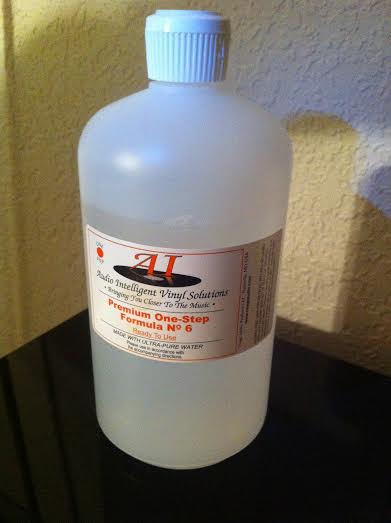
When the bottle was gone, logic and reasoning told me to buy another bottle from SOTA. I even visited the SOTA website and tried to figure out how to order a bottle online. At that point, a familiar little voice in my head said, "Don't you want to try something different?" And the answer was yes, I did. A name immediately popped into my head—Jim Pendleton. Jim heads Osage Audio in Hallsville, Missouri and is one of our Unison Research and Opera dealers. He also manufactures and distributes the Audio Intelligent line of record care products. (As a side note, Jim also carries SOTA.) I'd been telling myself for a while that the next time I ran out of cleaning fluid, I needed to give Jim a call.
At the same time, I wanted to stick with a one-step cleaner after having success with the SOTA fluid. RMAF was quickly approaching, and I knew I was going to have a marathon cleaning session with all of the LPs I was going to bring to the show. While Jim heavily promotes the multi-step cleaning system from Audio Intelligent as one of the most effective you can buy, I was pleased to see he offered a one-step cleaner that suited my needs perfectly. (Jim advised that you can add a bottle of his Ultra-Pure Water for an even more effective two-step cleaning system, something I'll probably try.) Within three days of sending Jim an initial email, the Premium One-Step Formula No. 6 was delivered to my front door.
My first cleaning session with No. 6 was almost revelatory. This fluid landed square in the middle of the cleaning solution spectrum—the surfactant did press the fluid into filling all of the grooves evenly, but after a couple of spins on the SOTA you could see the fluid breaking up slightly. In other words, it was getting into the grooves and then getting out. (Or as we used to say in the ‘70s, do unto others and then split.) Once it was time to vacuum out the fluid, I noticed another amazing thing: the LP seemed to be completely dry after just one pass with the SOTA! This was a big deal for me—with the Nitty Gritty/four-step cleaning, I often had to let the record spin for a whole minute or more before all the fluid was gone from the lead-in grooves and the dead wax. I still let the SOTA spin for at least three revolutions to be safe, as per the instructions in the SOTA owner's manual, but I was still cleaning records at a record pace. Instead of spending half a day cleaning records for an audio show, I was done in an hour.
Compared to the SOTA fluid, I suspect that the overall cleaning results are similar. Both products are possibly the best all-in-one cleaning solutions I've used. It just depends on how much time you want to spend cleaning records—the No. 6 is sucked out of the groves quicker than the SOTA fluid—and where you prefer to be on the record cleaning fluid spectrum. One more difference is that the SOTA cleaner does have alcohol in it (while the owner's manual does warn the user never to use a cleaner that is more than 25% alcohol, you can easily smell it while you're using it), the Audio Intelligent cleaners are alcohol-free. In fact, a quick whiff of the No. 6 smells reveals almost no odor at all.
The biggest surprise about the No. 6 is that for just $29 per 32 ounce bottle, I heard results that rivalled all those four-step systems I've tried. That begs the question of just how great Jim's multi-step system is, especially with the enzyme cleaner. (That system received a rave review in PF a few years ago.) The answer, of course, is that I will try it… just as soon as I finish this bottle of Ol' No. 6. Technically I'll be trying something different, but I tend to be more loyal when I know there's an awesome, knowledgeable person behind the product, a person that I actually know—which there is. Thanks, Jim, and congratulations on a record cleaning fluid that's both extremely effective and incredibly easy to use.




